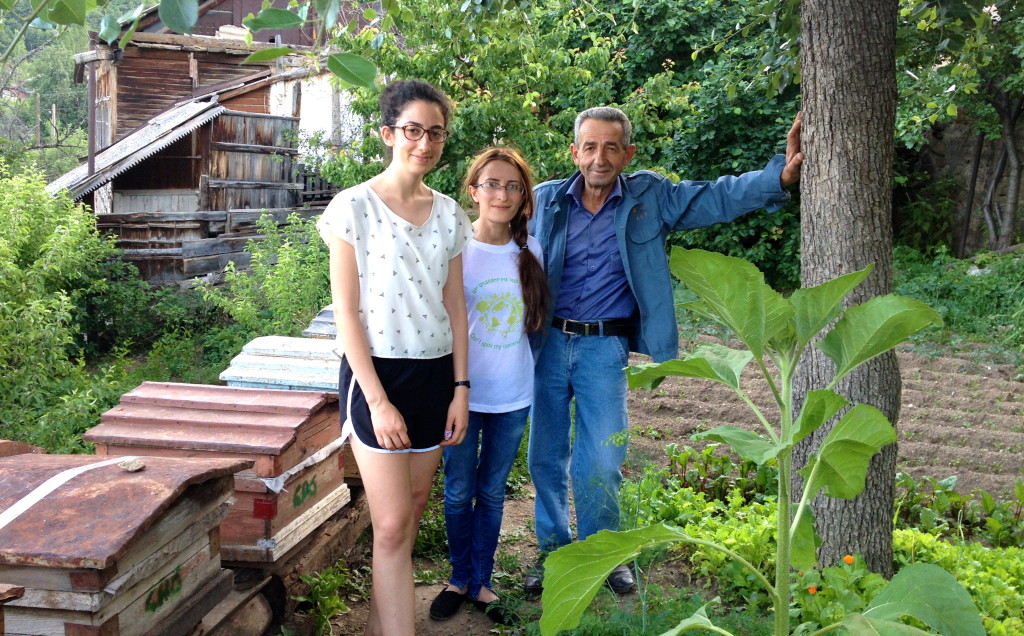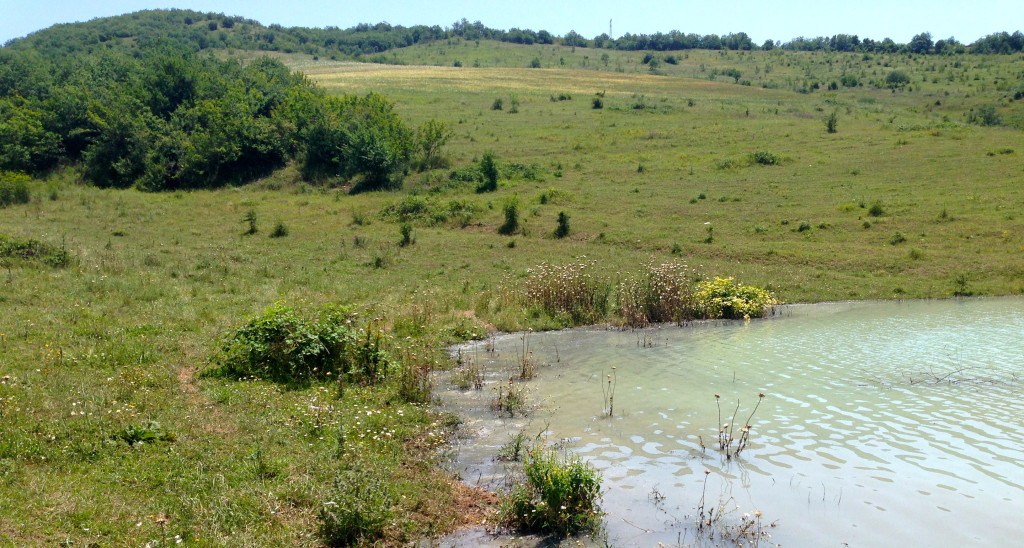
The Davis Projects for Peace program is a unique summer fellowship that provides undergraduates at American colleges and universities in the Davis United World College Scholars Program $10,000 in funding to design grassroots projects anywhere in the world. Inspired by the late philanthropist Kathryn W. Davis, the fellowship program aims to support the initiative, innovation and entrepreneurship of young leaders. Applicants are encouraged to use their creativity to design projects focused on conflict resolution, reconciliation, building understanding and finding solutions for maintaining peace. To be considered, a student (or group of students) must prepare a written statement that describes the project, including expected outcomes and prospects for future impact, and a budget.
The deadline for proposals to be electronically submitted by campus liaisons to Davis UKWC Scholars Program Office is February 13, 2015. To learn more about this summer fellowship, we caught up with 2014 Fellow Lia Soorenian who executed a unique summer project in Armenia.
1. What inspired you to apply for the Davis Projects for Peace fellowship?
I had been doing intensive research for grant awards related to international human rights and environmental justice issues when I came across the Davis Projects for Peace fellowship. Because I was studying urban planning (with a focus on sustainability) at Bard College, I wanted to implement the theories and idea I had learned in class into real project that could possibly benefit a certain community. I chose Armenia because my background is Armenian and I speak the language and understand the culture. I had interned there in the past and experienced the different aspects of urban planning, preservation, and environmental issues and I was connected to the organizations working there. Therefore, the Davis award was the perfect fit for me because it has a broad definition of conflict resolution and could be used for a project in a foreign country.
2. What did you do on the fellowship and how has the fellowship experience influenced your current work?
My project addressed the impact of mining in the south of Armenia. Mining is Armenia’s most valuable industry; however, due to political corruption and lack of regulation, foreign companies have been exploiting the current mines, providing zero revenue to Armenia. The mining industry also creates pollution that results in poisoned farms and agriculture. I worked with a local, non-profit organization Pan-Armenian Environmental Front in order to provide the families of the village of Lichk with an alternative source of income through beekeeping. We chose seven families and provided each with six beehives (plus the material, training, and other costs) in order to encourage them to stay out of the dangerous and pollution-inducing mining industry. The goal was to introduce the villagers to a safer, more sustainable alternative to mining. Overall, this project taught me how to implement theory into practice and how to overcome the unaccepted challenges of solution-based projects (see the Davis website for the full proposal).

3. What tips would you give others applying to the Davis Projects for Peace fellowship?
The Davis grant has a very broad definition of different types of conflict resolution projects and they have a description of the different “categories” on their website. Because my project gave opportunity to the families in the village of Lichk, I focused on the “community empowerment” part of peace solutions. My advice would be to carefully read through the list and pick one or two description that aligns with your project/idea and weave your proposal around that concentration area. Also, read through previous proposals available on the David website to grasp an understanding of the type of wording that is used in grant writing. Have a professor read over it and ask them whether or not your proposal is clear, concise, and compelling. Add a few footnotes if necessary, have someone edit it, and make sure you follow the model. I think my proposal was able to stand out because I was very much connected to the organizations in Armenia and I was working with local professionals who knew the country and its various legalities, micro-economic structure, and cultural subtleties. Also, my project was directly related to my major. Grants proposals are never guaranteed to be successful projects, so the more reasons you give them to convince them that your project will be effective and positively influential, then the stronger your application will be.
Lia Soorenian is a graduate of Bard College in Environmental & Urban Studies. Lia is the founder of BardBuilds, a Trustee Leader Scholar Program project that bridges the gap between the classroom and the field. Students volunteer for planning and architecture organizations to gain a vocational experience through hands-on practice. In the future, Lia aims to apply to a graduate program in urban planning.
© Victoria Johnson 2014, all rights reserved